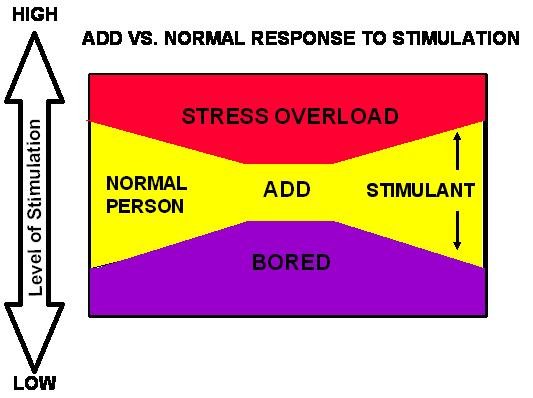Genetic Testing
The Genecept Assay Test Panel at a Glance
Pharmacodynamic
| GENE | PHYSIOLOGICAL ROLE | IMPACT OF MUTATION | TREATMENT IMPACT |
|---|---|---|---|
| Serotonin Transporter (SLC6A4) |
Protein responsible for reuptake of serotonin from the synapse | Inhibition of this protein by SSRIs, which may lead to increased risk for non-response/side effects |
Use caution with SSRIs; atypical antidepressants or SNRIs may be used if clinically indicated |
| Calcium Channel (CACNA1C) |
A subunit of the calcium channel which mediates excitatory signaling | Associated with conditions characterized by mood instability/lability |
Atypical antipsychotics, mood stabilizers, and/or omega-3 fatty acids, which may help to reduce excitatory signaling, may be used if clinically indicated |
| Sodium Channel (ANK3) |
Protein that plays a role in sodium channel function and regulation of excitatory signaling | Associated with conditions characterized by mood instability/lability |
Mood stabilizers and/or omega-3 fatty acids, which may help to reduce excitatory signaling, may be used if clinically indicated |
| Serotonin Receptor 2C (5HT2C) |
Receptor involved in regulation of satiety | Blocked by atypical antipsychotics, resulting in metabolic side effects |
Use caution with atypical antipsychotics; inositol may be used to mitigate risk for weight gain if clinically indicated |
| Melanocortin 4 Receptor (MC4R) |
Receptor that plays a role in the control of food intake | Increased risk for weight gain and higher BMI, which is exacerbated by atypical antipsychotics | Use caution with atypical antipsychotics |
| Dopamine 2 Receptor (DRD2) |
Receptor affected by dopamine in the brain | Blocked by antipsychotic medications and is associated with risk for non-response/side effects | Use caution with antipsychotics |
| Catechol-O-Methyltransferase (COMT) |
Enzyme primarily responsible for the degradation of dopamine in the frontal lobes of the brain | Altered dopamine states can have emotional/behavioral effects and impact response to dopaminergic agents | Dopaminergic agents or TMS may be used if clinically indicated for Val/Val patientsUse caution with dopaminergic agents in Met/Met patients |
| Alpha-2A Adrenergic Receptor (ADRA2A) |
Receptor involved in neurotransmitter release | Associated with improved response to stimulant agents | Stimulant agents may be used if clinically indicated |
| Methylenetetrahydrofolate Reductase (MTHFR) – A1298C – C677T |
Predominant enzyme that converts folic acid/folate to its active form (methylfolate) needed for synthesis of serotonin, dopamine, and norepinephrine | Associated with varied activity and conversion of folic acid/folate to methylfolate | Supplementation with L-methylfolate may be used if clinically indicated |
| Brain-derived Neurotrophic Factor (BDNF) |
Important for proper neuronal development and neural plasticity | Impaired BDNF secretion, which may be associated with altered SSRI response in Caucasians | Increased physical activity/exercise may be beneficial for Met carriers if clinically indicated |
| μ-Opioid Receptor (OPRM1) |
Opioid receptor affected by natural and synthetic compounds | Activated by opioids and associated with varied analgesic response, dosage, and abuse/addiction risk | Use caution with opioids; non-opioid analgesics may be used if clinically indicated |
| Glutamate Receptor (GRIK1) |
An excitatory neurotransmitter receptor in the brain | Associated with response to topiramate for alcohol abuse | Topiramate may be used for treatment of alcohol abuse if clinically indicated |
Pharmacokinetic
| GENE | PHYSIOLOGICAL ROLE | IMPACT OF MUTATION | TREATMENT IMPACT |
|---|---|---|---|
| CYP450 (CYP1A2, CYP2B6, CYP2C9, CYP2C19, CYP2D6, CYP3A4/5) |
Enzymes that metabolize medications in the liver | Large number of psychiatric medications are metabolized by CYP450s | Dose adjustment (an increase or decrease) may be required |

